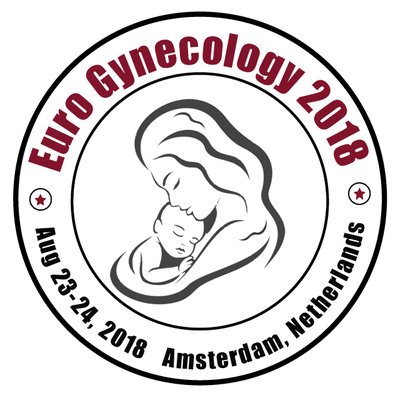The development of an educational intervention to improve perineal outcomes for primiparous women having a spontaneous vaginal delivery
Ciara Kirwan, Lorraine Carroll, Jean Doherty, Niamh Dougan, Barbara Coughlan, Denise O Brien, Mary Brosnan, Martina Cronin and Lucille Sheehy
University College Dublin (UCD), Ireland
: J Womens Health, Issues Care
Abstract
Statement of the Problem: Perineal trauma is sustained by over 80% of women during the course of childbirth. Women who experience all levels of perineal trauma are at risk of developing long-term problems such as painful intercourse, urinary incontinence, faecal incontinence and psychosocial problems. There are effective techniques for the protection, assessment and repair of perineal trauma for an essential aspect of routine care during and after birth. However, low levels of confidence have been reported, by midwives, in the decision making process around perineal management and episiotomies, as well as conducting episiotomies and assessment and repair of perineal trauma. The overall purpose of the study was to gather evidence to develop an educational intervention for midwives to reduce perineal trauma in first time mothers having a spontaneous vaginal delivery (SVD). Methodology: A mixed-methods sequential explanatory design was used in the single centre study, in Dublin, Ireland. They included a retrospective chart review (n=689); a survey on midwives experience, knowledge and attitudes to perineal trauma (103); and 2 focus groups to discuss midwives educational needs around the area of perineal trauma and their decision making processes for same (n=12). Findings: The analysis supports the notion that an educational intervention is needed to guide midwives' decision making process in perineal management. At present, non-clinical factors play a role in the decision to conduct an episiotomy and there is somewhat of a culture of risk avoidance. Midwives are requesting clarification on the techniques which are effective in reducing perineal trauma, in order to complement midwives individualistic approach to childbirth. Further training on the assessment and classification of perineal trauma were also sought. Conclusion: Basing decisions on evidence, provided through an educational intervention, should improve the confidence of midwives to base their perineal management decisions on clinical factors alone.
Biography
E-mail: ciara.kirwan@ucd.ie
 Spanish
Spanish  Chinese
Chinese  Russian
Russian  German
German  French
French  Japanese
Japanese  Portuguese
Portuguese  Hindi
Hindi 



